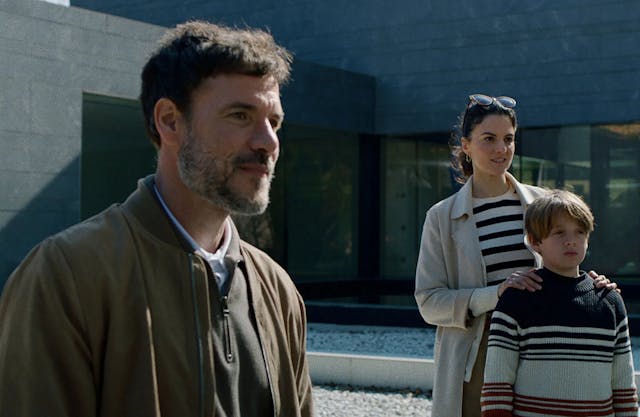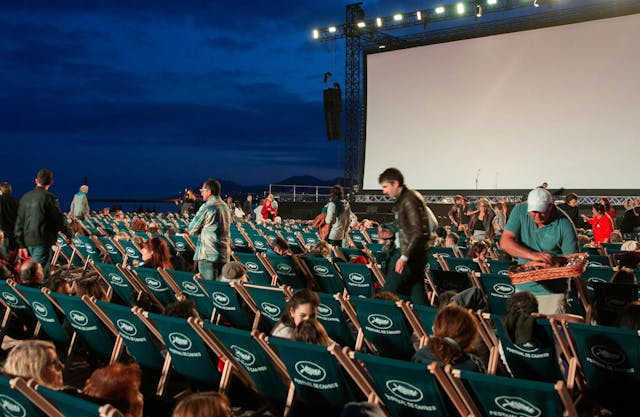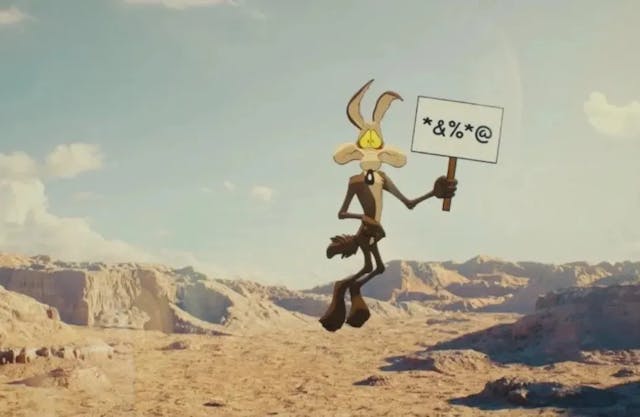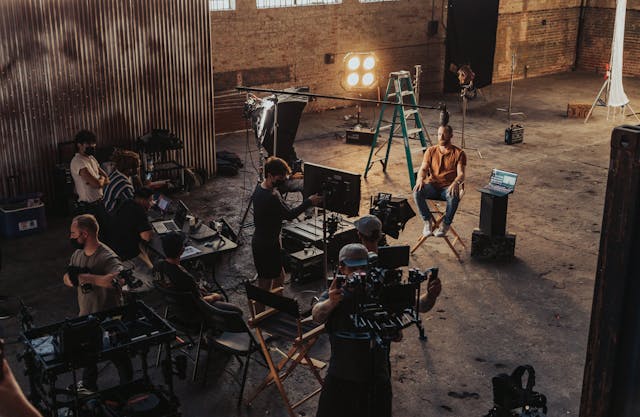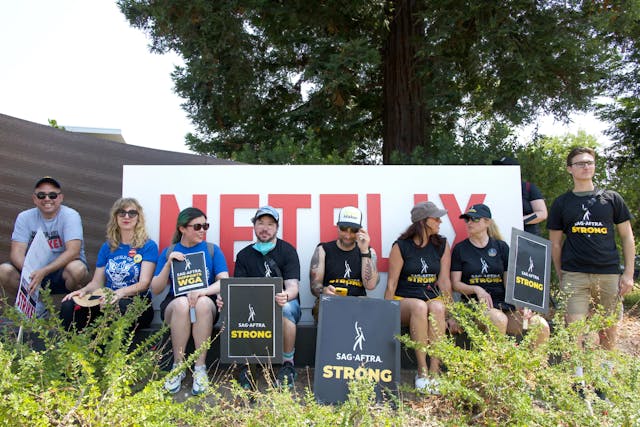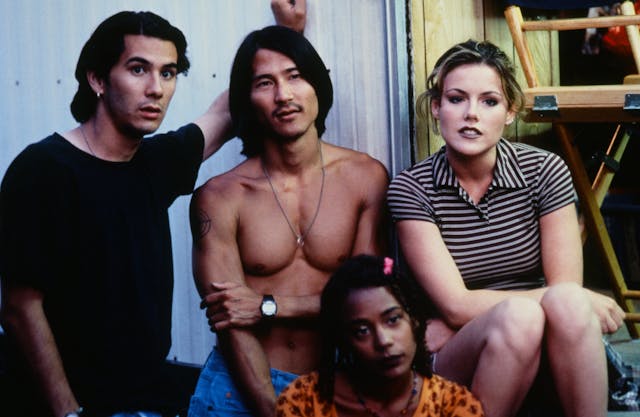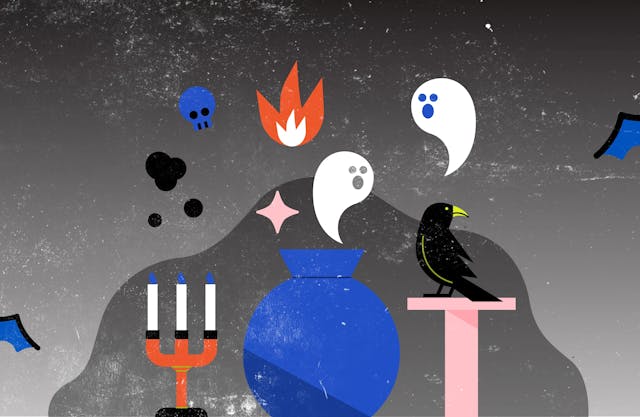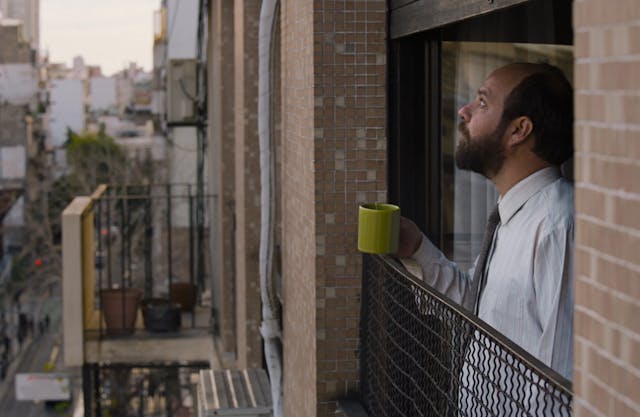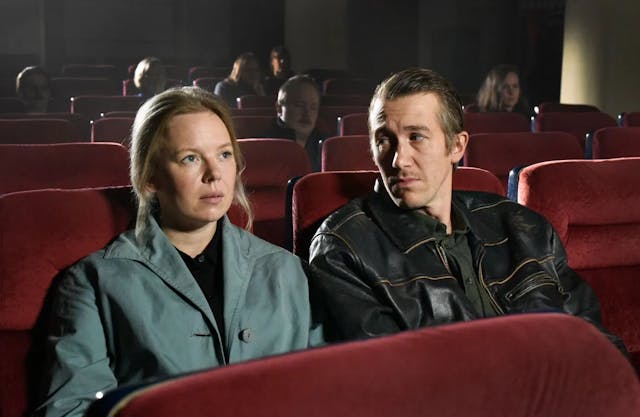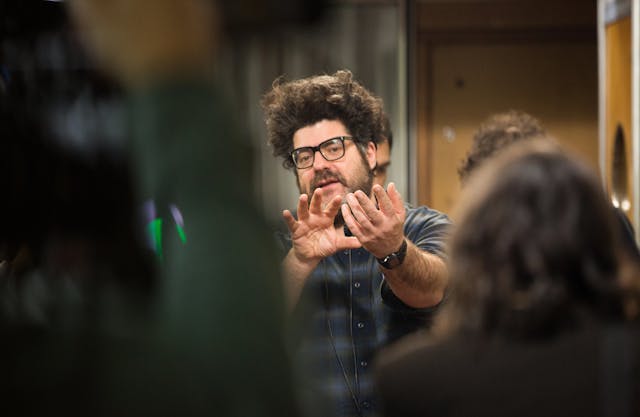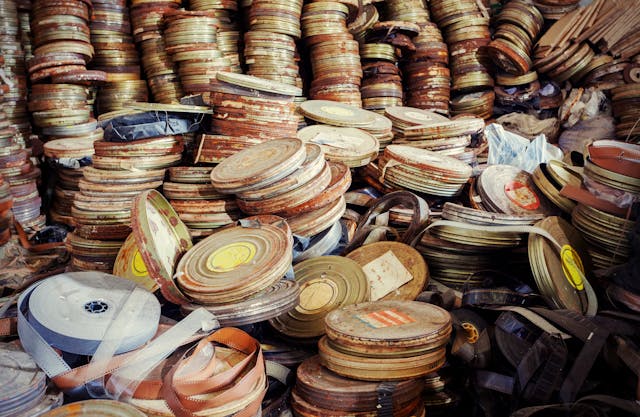
For independence to exist, a powerful entity or system must set the way things are and dominate. It governs and controls. It demands surrender and fealty. It is easier to define it in political terms from colonial times. When European empires expanded their domains worldwide, the locals aspired to independence from domination. Shout out to Alexander Hamilton!
If we jump to filmmaking, the big Hollywood studios will stand for royalty, and artists outside their system are the independents. There is no dynamic of domination between them, but rather, the issue of access to means of production and opportunities to share their art. They can only do their craft if they get their hands on those means of production behind the studio’s gates. The market - screens and audiences - are the colonized territory in dispute. Even if you got to make your movie, how can you reach people if the studios even opened the theaters?
The Rise And Not Quite Fall Of The Studios
As much as we view the studios as a monolithic, powerful institution, the truth is that they are far from their glory days and have been in an ever-mutating state of crisis since the late forties. In 1948, the Supreme Court ruled that the Studios had violated anti-trust laws by exerting vertical control of the industry. They locked talent in contracts and owned labs where the film was processed and the theaters where they were shown. They could block independent theaters of access to cinema, kill the careers of artists who did not toe the line, and control ticket prices.
Severing their theatrical arm was the first blow. Then, Television came along and proved to be a formidable foe. Audiences declined, provoking a rush of innovation trying to dwarf the small screen and to convince people to go to the theaters and pay a prime to watch a huge spectacle they could not get at home - echoes of the current times, when streaming, shorter distribution windows, and high ticket prices function as huge deterrents when it comes to deciding to go to a movie.
Eventually, the studios understood that TV could turn into a revenue stream by selling their catalog for broadcast, but the market had changed. The crisis deepened, and corporate conglomerates bought those studios that survived. For example, the American business conglomerate Gulf+Western was founded in 1934. Its main activity was manufacturing and extraction of natural resources. In the late ‘60s, it expanded its portfolio with media companies, acquiring Paramount in 1966.
With studios stripped of some of their power, independent producers found oxygen in the system. They would develop projects and strike distribution deals with the studios, reclaiming some creative freedom and getting a foothold in the market. The American New Wave thrived in this state of affairs until the era of the multiplexes and blockbusters took over. In the late ‘80s and early ’90 a new wave of independent companies captured the public’s imagination with daring low budget movies and striking imports. The corporate studios bought them up and established them as boutique labels. This is how Miramax ended at Disney, Focus at Fox, etc.
Let’s add another wrinkle. Foreign films got conflated with indies, even though their provenance has no connection with the dynamics of the Hollywood studios. Most European films enjoy state-sponsored subsidies, for example. Are they independent? To what degree? As the expensive endeavor of producing movies goes to a multi-national till combining funds from all over the world, the border that separates indie from studio fare gets blurrier. For audiences, everything playing at the Art House is “indie.”
Outsourcing Movies For Grownups
Studios provide marketing and promotional budgets that can make a movie more attractive for theater owners and audiences. Indie filmmakers flock to film festivals hoping to sell their movies to distributors that will push them in the last leg of the race towards theaters and the public at large. Do they stop being independent if Searchlight Pictures, Disney’s indie distribution unit, buys them? Should they remain pure, waiting for Kino Lorber, IFC Films, or join A24 in their path to Art House domination? The DNA of indie companies and studios is mixed. In a way, this is unavoidable.
Perhaps we have to parcel out indie movies, paying attention to their provenance and the treatment of their subject. Studio pictures nowadays can be neatly divided into animated family films, superhero fare, and mid-tier horror. Anything that falls out of that realm, anything remotely adult, that's "indie" for you! Check out how theater chain AMC brands its adult offerings as "Artisan Films." The label covers everything from Sundance hit "Emily The Criminal" (John Patton Ford, 2022) to "Oppenheimer" (Christopher Nolan, 2023). It is very confusing if you remember there used to be an Artisan Films that scored the jackpot with "The Blair Witch Project" (1999) - one of the best classic horror movies ever made - and got bought by Lionsgate soon afterward.
How Independent Are Film Festivals?
In a way, all film festivals are independent because no big studio is calling the shots. They don’t need to. We live in a never-ending studio film festival running at your local cinema. So, except for those festivals with a country footing the bill, - Salut, Rendezvous With French Cinema! - most film festivals are “independent.” That does not mean that all bets are off with them.
Film festivals depend on the mission statement of the organizations behind them. The hallowed Sundance Film Festival is defined by the principles behind the Sundance Institute. On their website, they share they say:
There you have it. “Independent” is right in the name. We know that in the early ‘80s, the studios were at their lowest point but still were averse to risk. If Sundance depends on anything, it is in the taste of its programming committee, its curators, and, at the end of the line, the juries that award prizes.
Follow The Money Behind Film Festivals
Sundance, and any other festival, needs money to run. The money comes from donors, state agencies, foundations, and commercial sponsors. If they exert any power, it is at the moment of deciding where to pure their resources. Regional film festivals depend on local government and sponsors. They aim to make their locality a destination to attract talent to work in the locality - film production can be a godsend, bringing dozens of visitors that will require accommodations, food, and other services. Last but not least, they can work as a tourism magnet.
You can bet Festivals will protect their relationship with sponsors and locals. A fest in the most conservative hamlet of Texas will likely pass on your had-hitting documentary about right-wing politicians waging war on reproductive rights, for example. Some festivals highlight particular groups and ethnicities. They are more welcoming to productions that fold in with their focus and issues of interest.
If you made a coming-of-age film about a teen coming to terms with being gay, like the recent Mexican import “All The Fires”(Mauricio Calderón Rico, 2023), every LGBTQI film fest should be on your list of destinations. Other focus of interest runs along the lines of race and ethnicity. There is a bonus when you apply to a film festival where winners qualify for the Oscars. Check out our handy blog post identifying them, including a nifty interactive map!
Parting Words
Don’t fret too much about labels or the putative purity of being “indie.” You are making indie movies if you work outside the studio system. Small pockets of audiences might get political about it, but audiences do not care. They know what they like. Film Festivals are a crucial step towards distribution. Try not to romanticize them and approach them strategically. Good luck!
Want to get an email when we publish new content?
Subscribe today
